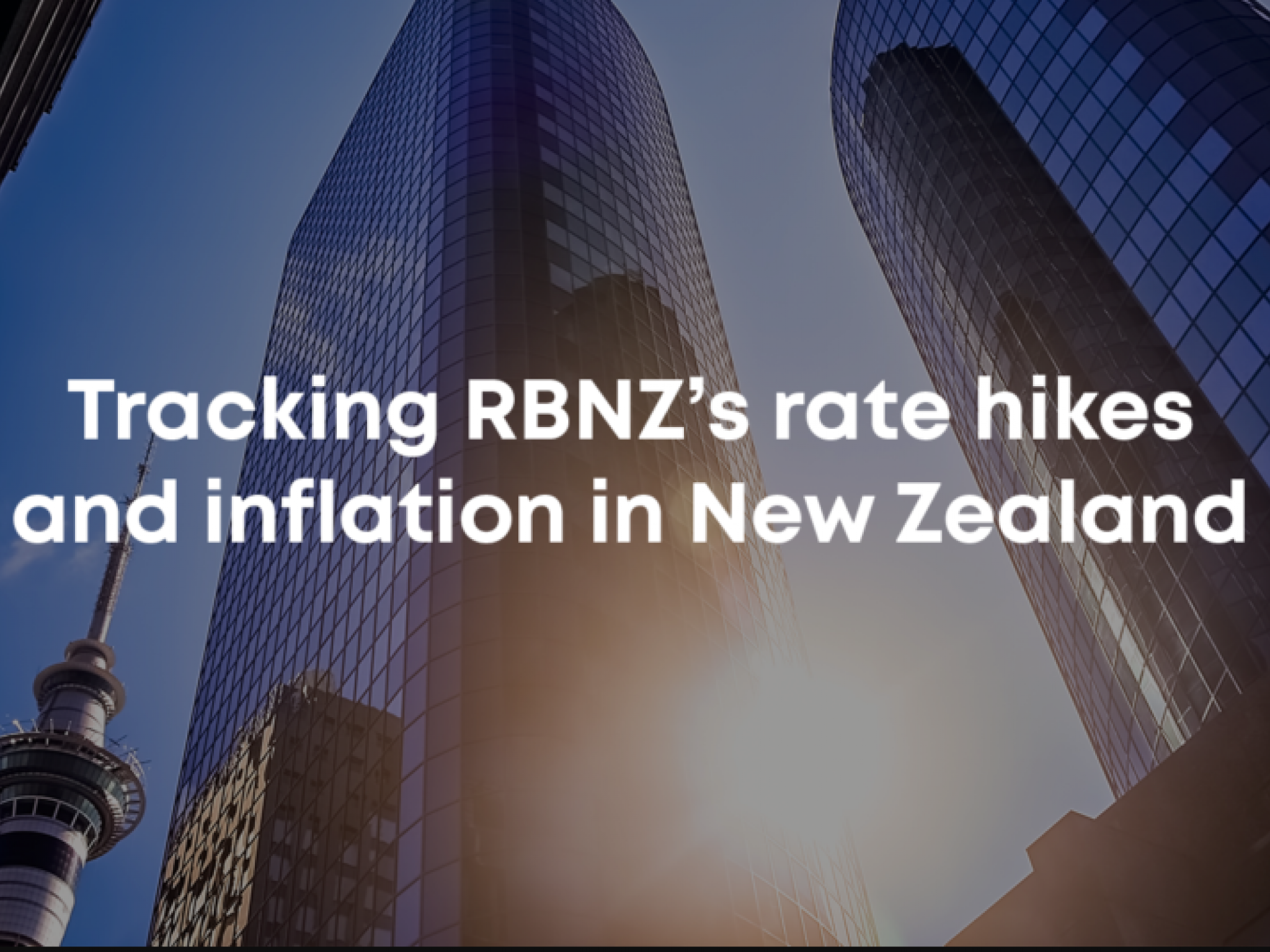
Economists expect a further tightening of interest rates in New Zealand in the coming months after the central bank last week delivered its third straight rate hike since October, fueled by growing risks of higher inflation.
The Reserve Bank of New Zealand (RBNZ) lifted its official cash rate by 25 basis points to 1%, widely expected by the market. The bank raised its projected cash rate increase to a peak of around 3.4% in the third quarter of 2024 against a peak of 2.6% in its previous guidance issued in November 2021.
"The committee agreed it remains appropriate to continue reducing monetary stimulus so as to maintain price stability and support maximum sustainable employment,” the central bank said while disclosing plans to taper its bond-buying program beginning in July at a pace of NZ$5 billion per fiscal year, subject to market conditions.

New Zealand Interest Rate
The RBNZ has said the New Zealand economy is supported by aggregate household and business balance sheet strength, as well as strong exports and fiscal policy support, and high vaccination rates.
The bank now expects annual inflation to return towards the 2% midpoint of its target band in early 2025 versus its previous forecast of around the third quarter of 2024. The revised forecast comes as New Zealand’s inflation rate in the fourth quarter of 2021 rose to 5.9%, the highest since the second quarter of 1990 and almost double the top of the RBNZ’s 1% to 3% target band.

New Zealand CPI
When will the RBNZ slow down its rate hikes?
While many economists expect the RBNZ to further lift interest rates as it had hinted, Capital Economics’ Ben Udy said a more aggressive hiking cycle will likely weigh on the economy in 2024, "so we still think the RBNZ will eventually have to reverse course.”
Back in August, the central bank delayed an anticipated rate hike, which was widely expected to be the world’s first in the COVID-19 pandemic era, after the government reimposed a nationwide lockdown to contain a single case of COVID-19. This underscores the RBNZ’s willingness to hit the brakes in tightening its policy to provide support to the economy in times of pandemic and inflation-related shocks.
The RBNZ’s hawkish policy stance pushed the New Zealand dollar to a near five-week high of 67.42 US cents on Feb. 23, while the Australian dollar likewise surged to an over five-week high of 72.27 US cents on Wednesday. Both currencies, however, pared gains on Friday, indicating the presence of sellers and a bearish outlook for the NZD.
The outlook comes as trader have maybe priced the extent of the RBNZ’s rate hikes this year, with the US Federal Reserve also widely tipped to deliver around four rate hikes in 2022 and 2023 after the inflation rate in the world’s largest economy surged to a 40-year high of 7.5% in January.







